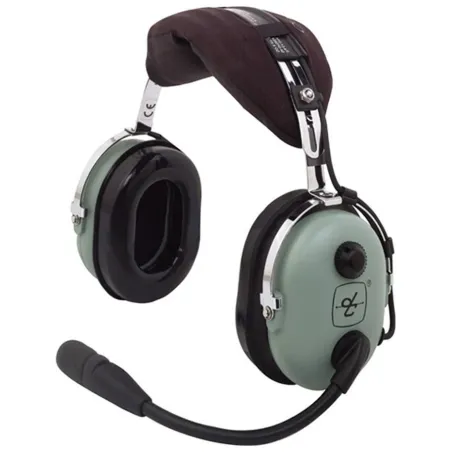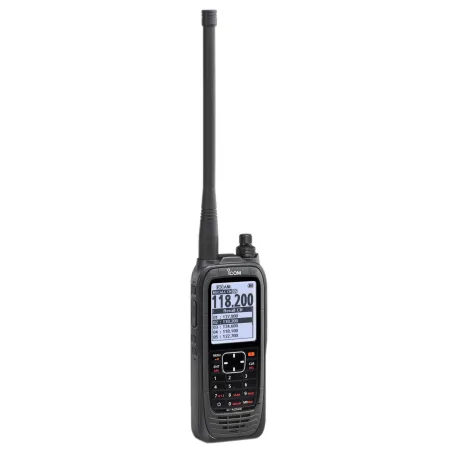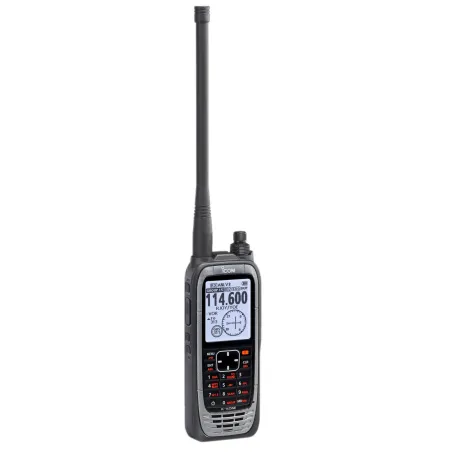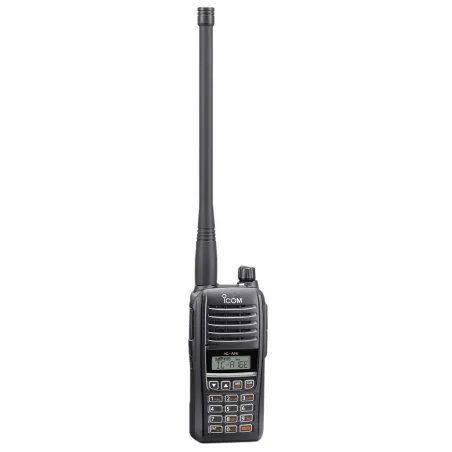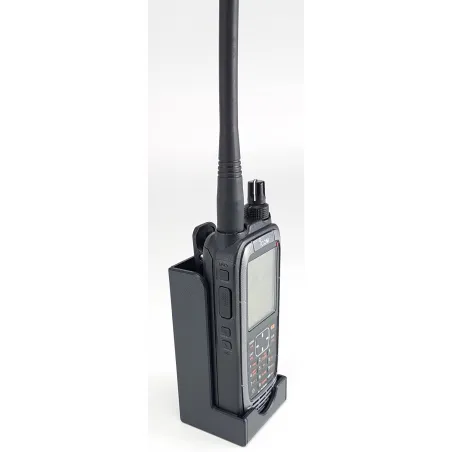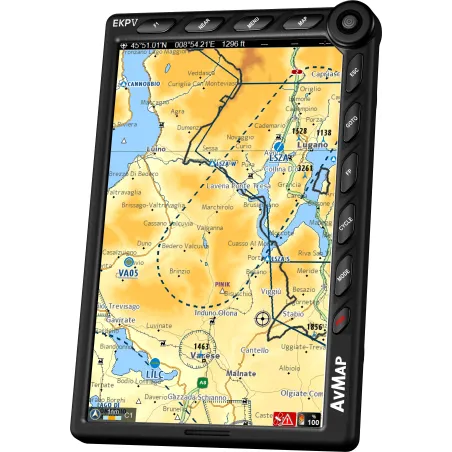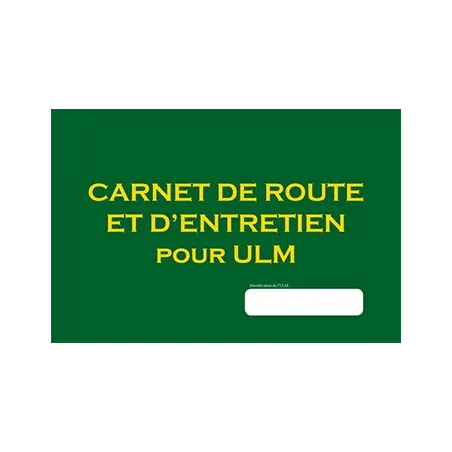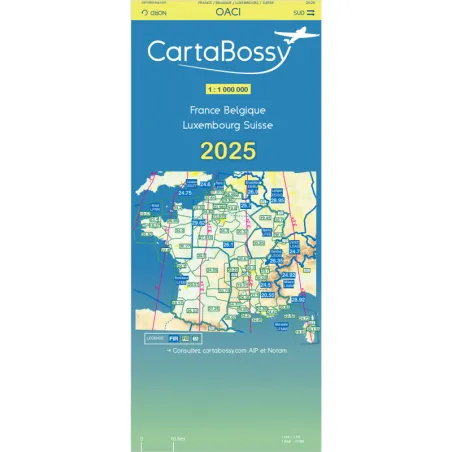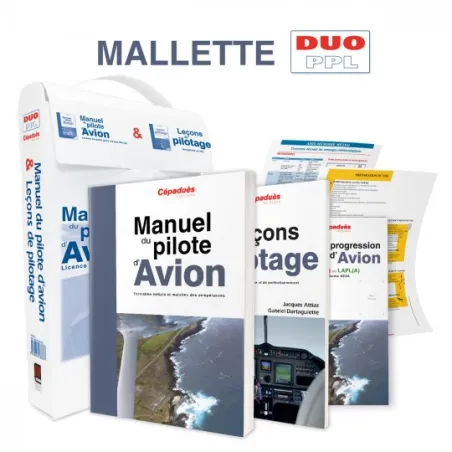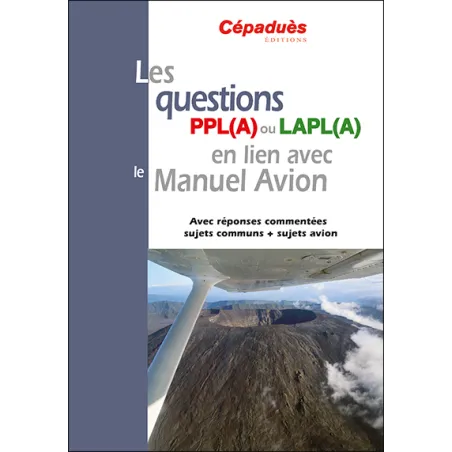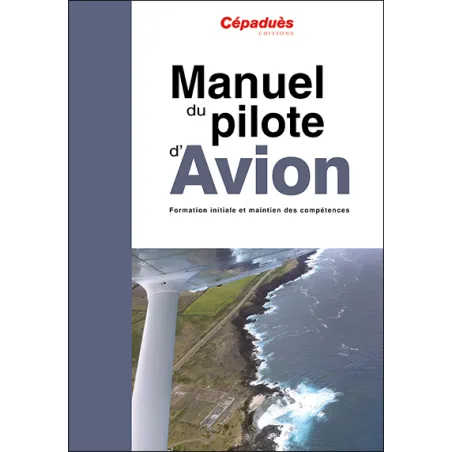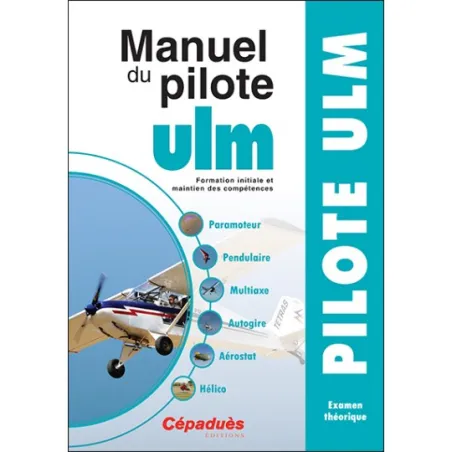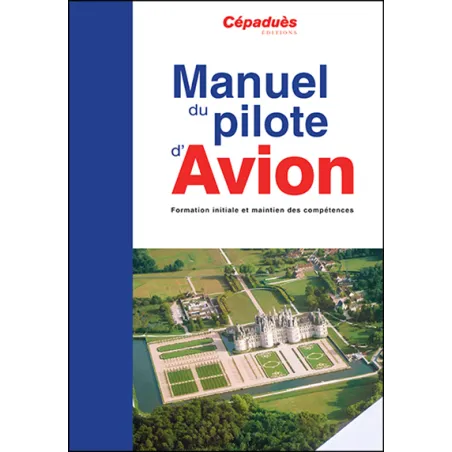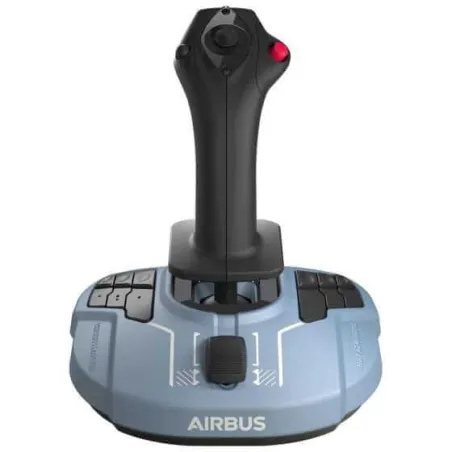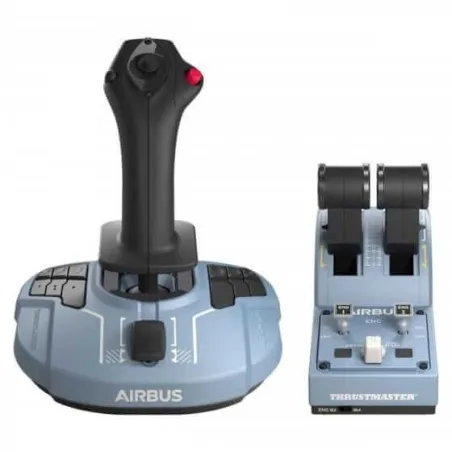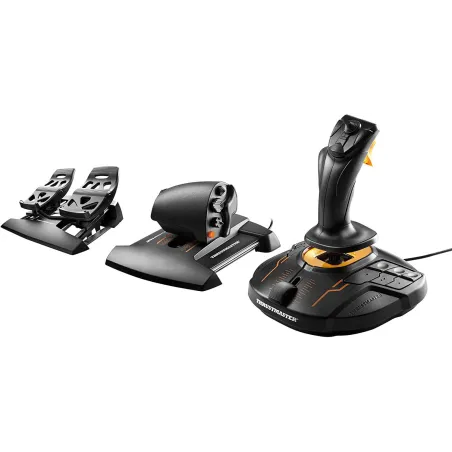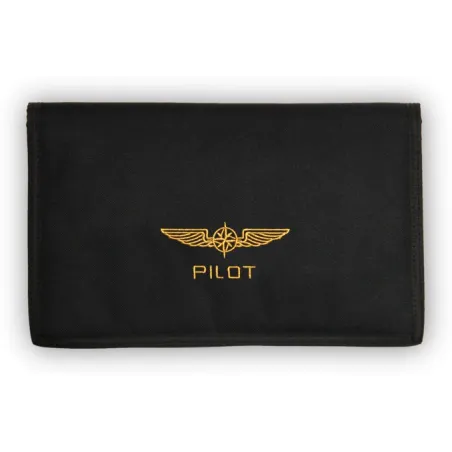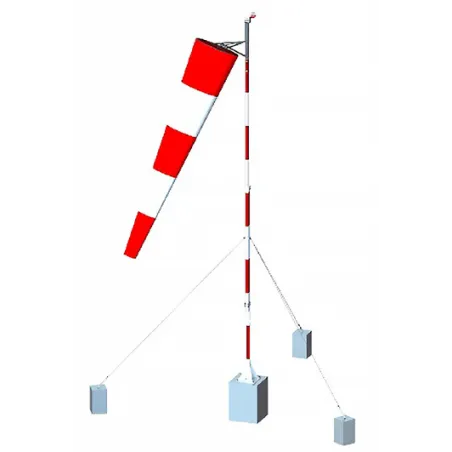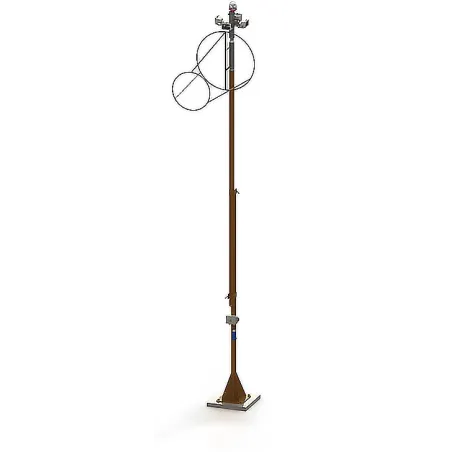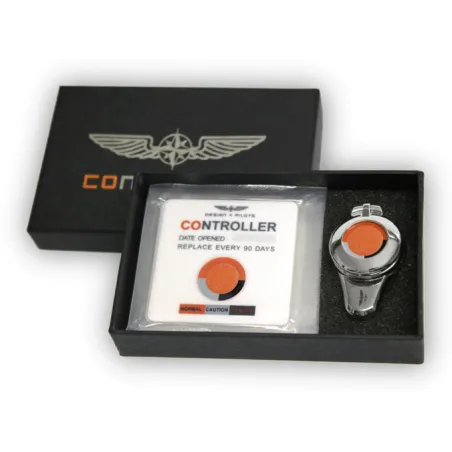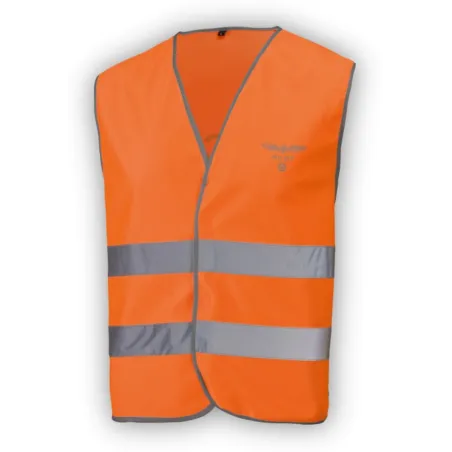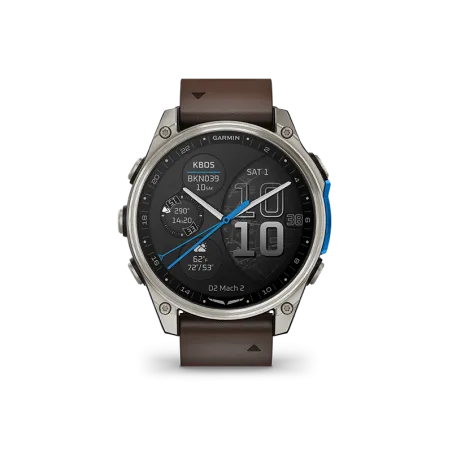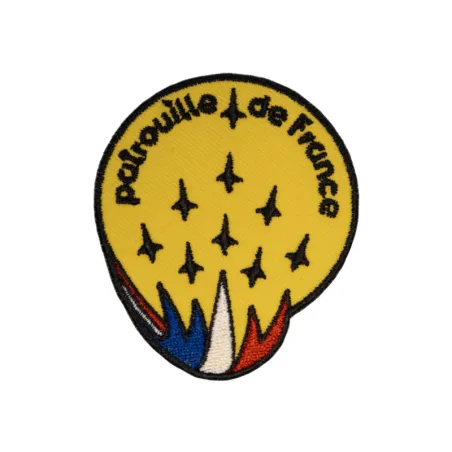Mechanics: how do aircraft stay in the air?
Categories :
BAYO
An airplane flying above the clouds faster than sound, a helicopter that seems to screw itself into the air, a glider covering miles by gliding... Is it magic? Not exactly. It’s a story of forces and the reaction to those forces, of compressed and burned gases, of mechanics and aerodynamics. In short, a story of very natural phenomena that modern technologies have cleverly exploited. We’ll tell you in six questions.
How does a jet engine work?
Imagine you're inflating a balloon. Instead of tying it, you release it. The air inside will exit the balloon, and, by reaction, the balloon will be suddenly propelled in the opposite direction. A jet engine works on the same principle: Newton’s third law of motion, which states that if body A exerts a force on body B, then B exerts an equal force in the opposite direction on A.
Of course, we don’t inflate an airplane, and its engine uses this principle in a more complex way. But it still involves getting air into the tube of a jet engine and expelling it at high speed to propel the airplane forward through the thrust that results from the expulsion of gases.
To do this, a system at the front of the engine sucks in air, compresses it, then sends it to the combustion chamber behind it. It is then mixed with kerosene and ignited. The gases formed by combustion expand and are expelled at the back of the chamber. It is this backward movement of air that propels the airplane in the opposite direction.
At the same time, the expelled gases pass through a turbine mounted on a shaft that connects it to the compressor. The gases make the shaft spin, which, in turn, drives the compressor and the intake of air at the front.
How does an airplane stay in the air?
Have you noticed the particular shape of an airplane’s wing? It is designed to create two forces that allow the airplane to stay in the air.
The first literally pulls the airplane upward, due to the wings being curved on top and flat underneath. Thus, when a wing moves forward, the air passes underneath normally. However, the air passing above has to travel a longer distance because it has to rise and then descend along the curve. But this air cannot take longer than the air passing below the wing to cover this distance, as that would create a vacuum, which is physically impossible. Therefore, the air must travel faster over the top of the wing, reducing its pressure. The depression created above the wing thus tends to lift the airplane upwards.
The second phenomenon is achieved by the fact that the wings are not perfectly horizontal, but slightly tilted upward. This inclination allows them to push the air downward, and, in reaction, they are pushed upward.
This dual phenomenon of lift and thrust allows airplanes, even the heaviest, to stay in the air.
But of course, the heavier the airplane, the higher its speed must be to ensure sufficient lift.
What are the main types of airplane engines?
Historically, the first aircraft used piston engines quite similar to those in our cars... except the goal wasn’t to turn wheels, but propellers. Since the end of World War II, this technology has been abandoned for more powerful engines, operating on the principle of reaction.
They are divided into two main categories: turboprop engines used on airplanes called "propeller-driven" and turbojet engines used on airplanes called "jet-powered." What distinguishes them?
A turbojet engine is a propulsion system that converts the potential energy of fuel, mixed with ambient air, into kinetic energy that generates a reaction force opposite to the expulsion of the heated air, as we saw earlier. This type of engine is mainly used on commercial or military airplanes. Part of the energy produced is recovered by a gas turbine at the output of the combustion chamber to drive the compressor. The turbojet produces maximum thrust by ejecting the maximum amount of gases at the highest possible speed.
A turboprop engine is a propulsion system that works on a similar principle. But the energy for this type of engine is provided by a gas turbine, and the thrust is obtained by the rotation of a propeller. The turboprop engine achieves the maximum possible energy to turn the propeller shaft, with the exhaust gases having a relatively low temperature and a very low ejection speed. Most of the thrust is produced by the propeller, with much better efficiency than a turbojet, but with the disadvantage that it cannot reach supersonic speeds due to the risk of exceeding the speed limit for the propeller blades.
What fuels for today... or for tomorrow?
Today, for gas combustion, airplanes use kerosene: it is a derivative of petroleum, meaning a non-renewable fossil energy source that emits a lot of greenhouse gases. That’s why manufacturers are currently studying, like they are for cars, other possible pathways to reduce the environmental impact of aviation.
Today, a lot is being said about hydrogen-powered airplanes. Technologically, it works on the same principle of jet propulsion as a traditional turbine engine. But it uses hydrogen as fuel. This makes it potentially more environmentally friendly since its combustion only produces water, thus no atmospheric pollutants or CO2 emissions. However, it’s important to note that the hydrogen used today is mostly produced using fossil fuels: it emits greenhouse gases upstream, not downstream of its combustion. Everything thus depends on the future development of technologies to produce "clean" hydrogen through water electrolysis.
This hydrogen airplane engine technology still faces other challenges. Since hydrogen is less dense than traditional fuels, it requires larger tanks to store an equivalent amount of energy. This can increase the total weight of the airplane and reduce its energy efficiency and range.
Nevertheless, the aviation industry is actively exploring new technologies and innovative solutions to make hydrogen engines more efficient and viable at scale. With research progress, hydrogen airplane engines could play a crucial role in the transition to more sustainable and environmentally friendly aviation in the future.
And why not electric engines, which seem to be shaping the future and even already the present of cars? Engineers are of course working on them as well, but with similar challenges to those of hydrogen: the goal is to reduce the weight of the batteries needed to run the engines, not to mention other engine parts like the reducer or the inverter. Nevertheless, prototypes of small electric airplanes have already appeared, as we mentioned in this article on airplane innovations.
So what about helicopters? How do they fly?
A helicopter has the same needs to move as an airplane: lift to keep it in the air, and motion to move forward. But it uses different solutions. Here, it’s the rotor blades that play the role of airplane wings.
They are configured like a propeller, turning thanks to a motor. The shape of each blade allows the helicopter, in a way, to "screw" itself into the air, like a screw being driven into wood by turning, on the same principle as the airplane wing.
Intuitively, one might think it’s the rotation speed that allows the helicopter to rise, descend, or hover, but that’s not the case. The direction of motion is guided by the tilt of the blades. The pilot controls this with a command called the "collective."
The pilot also has a second command: the "cyclic," in the form of a control stick. This allows for asymmetrical tilting of the different rotor blades. It will help the helicopter move to the left or right.
Finally, a third foot command, the pedal, connects the pilot to a second smaller rotor located usually at the tail of the aircraft. This rear rotor, also called the anti-torque rotor, allows the helicopter to rotate around itself.
Thanks to this complex system, the helicopter has great maneuverability, allowing it to move along a vertical axis, unlike an airplane. However, the airplane has the advantage of much higher speed.
But then, what about gliders?
If aircraft need engines to ensure their lift and thrust, how do gliders manage? One could summarize it by saying they gain momentum at the start, then use winds and ascending air currents to stay at altitude and move forward. Let’s go into more detail.
A glider needs a system to send it into the air and give it the initial push. This system can fall into two categories. It can be towed by a powered airplane – plane or ultralight – using a cable about 60 meters long, which is released once the desired altitude is reached. Alternatively, it uses a winch to which the plane is connected by a cable over 1000 meters long: the cable is wound at high speed, pulling the glider and making it take off, somewhat like a kite.
Once launched, the glider will take advantage of air movements, which can be of three types. Thermals are vertical air movements that occur when the sun heats the ground, which in turn heats the air in contact with it: this "bubble" of warm air will rise, and the glider will use it to climb in a spiral; it can reach altitudes of 2500 meters in flatlands and even higher in mountains, then use its momentum to glide – inevitably losing altitude – until the next rising current, which can be several kilometers away; it can then regain altitude using this new "elevator." And so on.
Another phenomenon used by the glider is dynamic soaring, which happens when the wind meets a hill and rises along the slope of the obstacle. The glider will also take advantage of this lift to rise in a figure-eight pattern along the slope.
Finally, the combination of these two phenomena with strong winds in a hilly environment will form wave soaring, like a succession of waves on which the plane will surf. In this context, it could theoretically reach altitudes up to 10,000 meters.
Finally, when the pilot wants to land, they deploy air brakes located on top of the wings. This will allow them to degrade their glide in a controlled way to land with great precision.
You now know everything about the basic principles that allow your aircraft to rise and stay in the air. The most incredible thing is that even when we know all this, watching a plane or a helicopter take off into the air still feels a bit magical, doesn’t it?
Share this content
Please log in to rate this article






